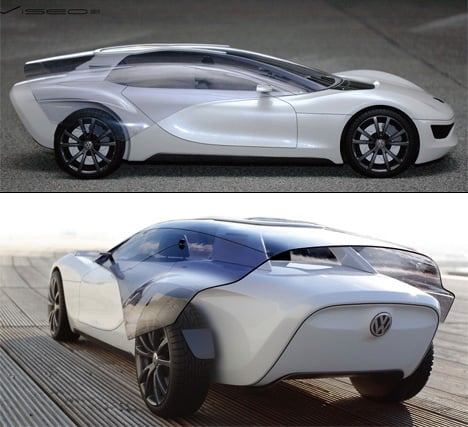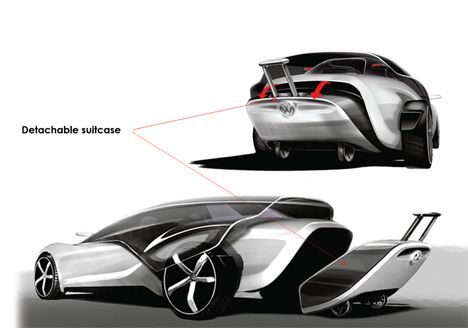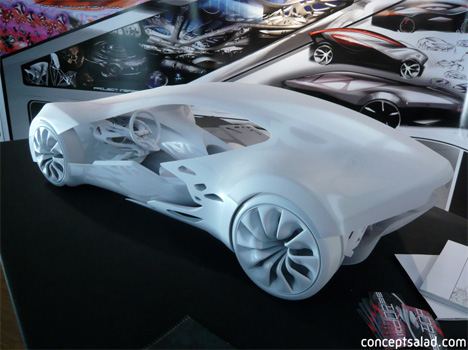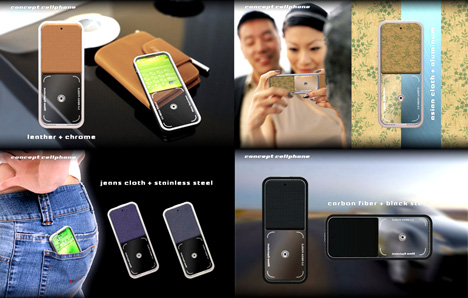www.youthsprouts.blogspot.com
The stretchy circuits could be
used in wearable health monitors

Normally fragile and brittle silicon chips have been made to bend and fold, paving the way for a new generation of flexible electronic devices.
The stretchy circuits could be used to build advanced brain implants, health monitors or smart clothing.
The complex devices consist of concertina-like folds of ultra-thin silicon bonded to sheets of rubber.
Writing in the journal Science, the US researchers say the chip's performance is similar to conventional electronics.
"Silicon microelectronics has been a spectacularly successful technology that has touched virtually every part of our lives," said Professor John Rogers of the University of Illinois at Urbana-Champaign, one of the authors of the paper.
But, he said, the rigid and fragile nature of silicon made it very unattractive for many applications, such as biomedical implants.
"In many cases you'd like to integrate electronics conformably in a variety of ways in the human body - but the human body does not have the shape of a silicon wafer."

Silicon wave
The chips build on previous work by Professor's Roger's lab.
In 2005, the team demonstrated a stretchable form of single-crystal silicon.
 | BUILDING BENDABLE CHIPS 1. Plastic sheet is bonded to a rigid substrate with adhesive 2. Complex circuits are built using conventional silicon fabrication techniques 3. Adhesive is dissolved, allowing circuits embedded on plastic sheet to be peeled away 4. Sheet is bonded to pre-strained rubber, creating bendable silicon chips |
"That demonstration involved very thin narrow strips of silicon bonded to rubber," explained Professor Rogers.
At a microscopic level these strips had a wavy structure that behaved like "accordion bellows", allowing stretching in one direction.
"The silicon is still rigid and brittle as an intrinsic material but in this accordion bellows geometry, bonded to rubber, the overall structure is stretchable," he told BBC News.
Using the material, the researchers were able to show off individual, flexible circuit components such as transistors.
The new work features complete silicon chips, known as integrated circuits (ICs), which can be stretched in two directions and in a more complex fashion.
"In order to do this, we had to figure out how to make the entire circuit in an ultra-thin format," explained Professor Rogers.
The team has developed a method that can produce complete circuits just one and a half microns (millionths of a metre) thick, hundreds of times thinner than conventional silicon circuits found in PCs.
"What that thinness provides is a degree of bendability that substantially exceeds anything we or anyone else has done at circuit level in the past," he said.
__


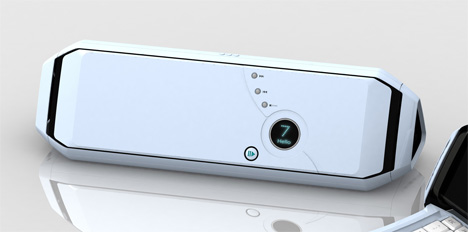


 As a musician myself, turning sheet music is the bane of my art. Ok I confess. I haven’t touched a musical instrument since the 11th grade but I did play for almost 8 years so there! Back to the subject at hand, the CLEF system consists of a flexible LCD touch screen with a built-in stand and a wireless foot pedal.
Use the pedal to turn digital sheet music or just touch the screen. It also throws in some computer functions by allowing on the fly scoring, note taking, and collaborative writing. When you need a real computer, a keyboard slides out from underneath the screen and use the foot pedal as a stereo to enjoy the music you just played.
__
As a musician myself, turning sheet music is the bane of my art. Ok I confess. I haven’t touched a musical instrument since the 11th grade but I did play for almost 8 years so there! Back to the subject at hand, the CLEF system consists of a flexible LCD touch screen with a built-in stand and a wireless foot pedal.
Use the pedal to turn digital sheet music or just touch the screen. It also throws in some computer functions by allowing on the fly scoring, note taking, and collaborative writing. When you need a real computer, a keyboard slides out from underneath the screen and use the foot pedal as a stereo to enjoy the music you just played.
__





